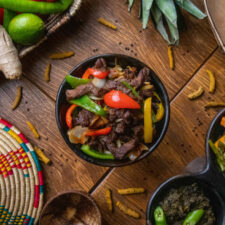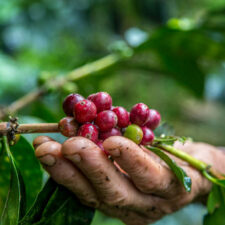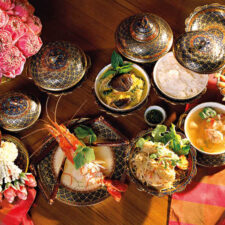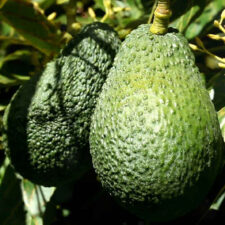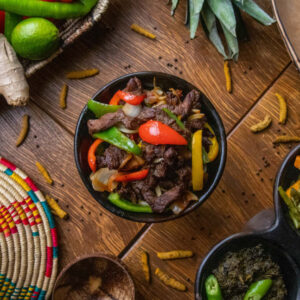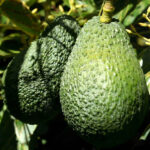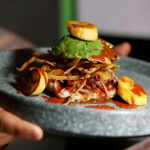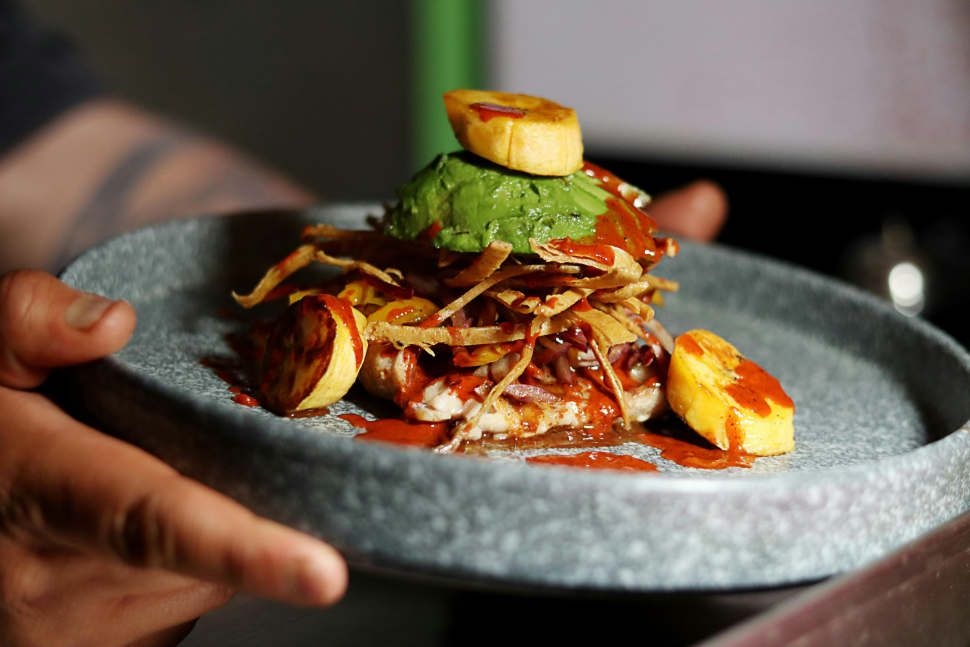 © astrid
© astrid
South American cuisine is a vibrant and diverse blend of flavors shaped by centuries of cultural exchange. Rooted in the traditions of ancient civilizations like the Incas and enriched by the contributions of European, African, and Asian immigrants, the culinary landscape of this continent is both varied and dynamic. Today, chefs across South America are pushing the boundaries of traditional dishes, creating innovative culinary experiences that honor the region’s rich heritage.
Cultural Foundations: A Diverse Heritage
The culinary traditions of South America are deeply influenced by its indigenous peoples, who cultivated staple crops such as corn, potatoes, quinoa, and cassava. The Incas, for example, developed sophisticated agricultural techniques that allowed them to grow these crops in the challenging environment of the Andes.
The 16th century brought significant changes with the arrival of Spanish and Portuguese colonizers. They introduced new ingredients like wheat, rice, and livestock, which transformed local diets. African slaves also made a lasting impact, particularly in Brazil, where their influence is evident in dishes like feijoada, a rich black bean and pork stew.
In the centuries that followed, waves of immigrants from Italy, Germany, Japan, and the Middle East further diversified the continent’s cuisine. Argentina and Uruguay, for instance, saw strong Italian and Spanish influences, leading to the widespread popularity of dishes like pasta, pizza, and empanadas. In Peru, Japanese immigrants played a key role in developing Nikkei cuisine, which blends Japanese and Peruvian flavors in a unique and celebrated culinary tradition.
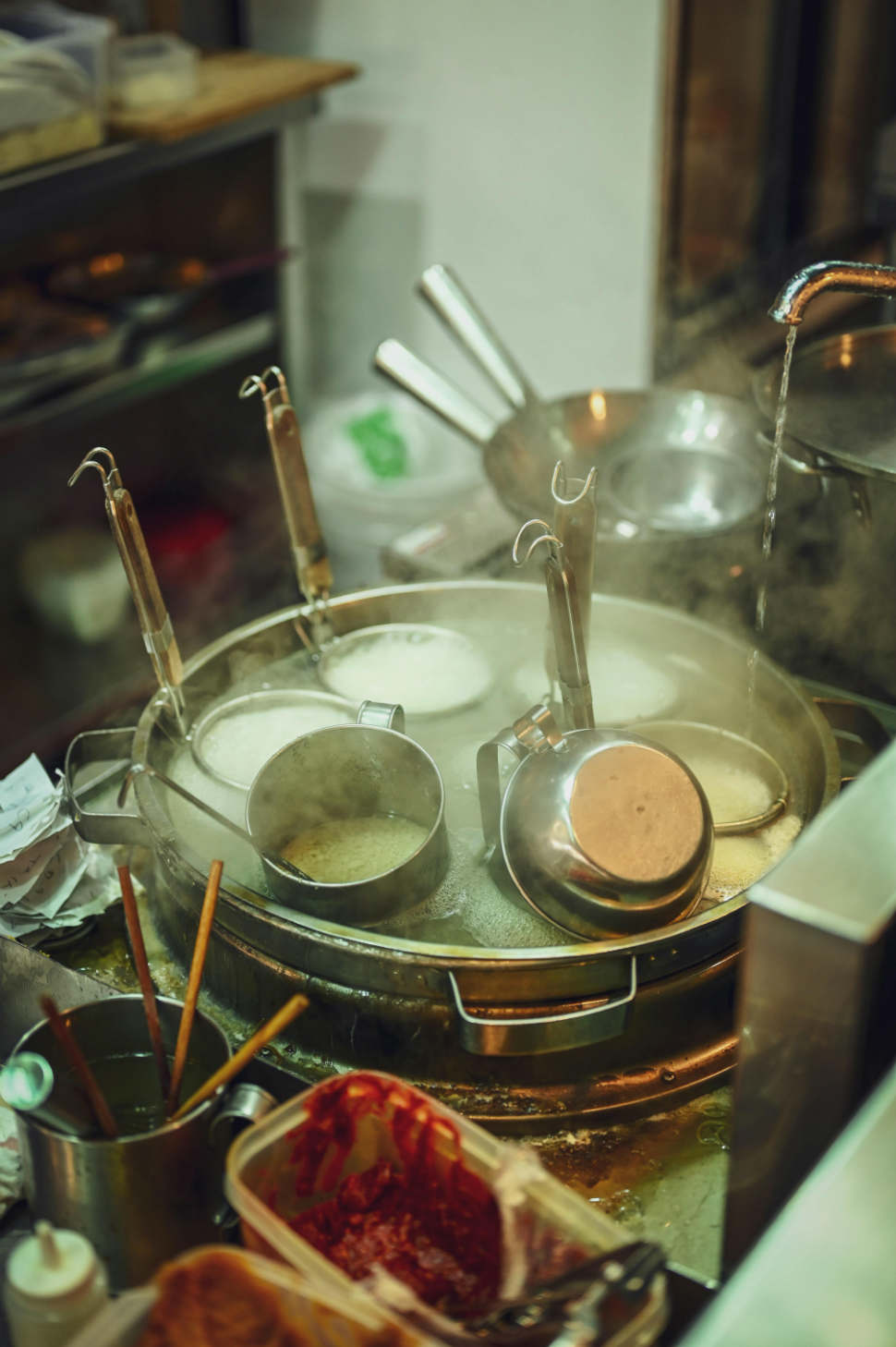 © jonas
© jonas
Regional Diversity: A Rich Tapestry of Flavors
South America’s varied geography, ranging from the Amazon rainforest to the Andes mountains and the plains of Patagonia, has given rise to a wide array of regional dishes. In Peru, the coastal regions are known for their seafood, with ceviche standing out as a national dish. The Andean highlands, on the other hand, offer heartier fare such as pachamanca, a traditional dish where meat and vegetables are cooked underground using hot stones.
Brazil, the largest country in South America, boasts an incredibly diverse culinary landscape. The Amazon region offers exotic ingredients like açaí and pirarucu, while the northeastern region is famous for acarajé, a dish with deep roots in African cuisine. The southern region’s churrasco, a style of barbecued meat, reflects the influence of European settlers, particularly from Portugal and Italy.
Argentina is synonymous with beef, particularly asado, a technique of grilling meat over an open flame that is both a culinary practice and a social ritual. The country’s cuisine also reflects its immigrant heritage, with Italian-inspired dishes such as milanesa and gnocchi being staples in many households.
Colombian cuisine is equally diverse, varying significantly from one region to another. The coastal areas are known for their seafood, while the Andean regions are famous for ajiaco, a hearty chicken and potato soup. The country’s tropical fruits, such as lulo and guanabana, are also integral to its culinary identity.
Modern Trends: The New Wave of South American Chefs
n recent years, South American cuisine has gained international recognition, driven by a new generation of chefs who are celebrating local ingredients and traditional techniques while infusing them with contemporary flair.
Peruvian chef Gastón Acurio is one of the most influential figures in this movement. Often credited with putting Peruvian cuisine on the global map, Acurio’s flagship restaurant, Astrid y Gastón, has become a culinary institution. He has been a tireless advocate for Peru’s rich culinary heritage, promoting native ingredients such as quinoa and aji peppers.
Brazilian chef Alex Atala has similarly garnered international acclaim for his innovative use of Amazonian ingredients at his restaurant D.O.M. in São Paulo. Atala’s commitment to sustainability and his exploration of Brazil’s diverse biomes have made him a leading voice in the global culinary scene.
Another notable figure is Virgilio Martínez, whose restaurant Central in Lima has been consistently ranked among the world’s best. Martínez’s approach is deeply rooted in Peru’s biodiversity, with dishes that explore the country’s different ecosystems, from the Pacific coast to the high Andes.
In Argentina, Francis Mallmann has become synonymous with the art of fire cooking. Known for his mastery of traditional Patagonian techniques, Mallmann has brought Argentine asado to a global audience, with a focus on simplicity and the primal experience of cooking over an open flame.
 © luiz-henrique-mendes
© luiz-henrique-mendes
The Future of South American Cuisine
As South American cuisine continues to evolve, the focus on sustainability, local ingredients, and indigenous traditions is likely to grow stronger. Chefs across the continent are increasingly aware of the need to protect biodiversity and promote ethical practices in food production. This trend is not only about preserving culinary heritage but also about ensuring a sustainable future for the next generation.
Moreover, the fusion of traditional and modern techniques is expected to continue, with chefs experimenting with new ways to present age-old dishes. The growing global interest in plant-based diets and healthy eating is also likely to influence South American cuisine, with its rich variety of fruits, vegetables, and grains.
South American cuisine, with its deep historical roots and dynamic present, is poised to remain a vital and influential force in the global culinary landscape. As chefs continue to push the boundaries of tradition and innovation, the world can expect even more exciting developments from this diverse and flavorful continent.
Tags: gastronomy

 Share On Facebook
Share On Facebook Tweet It
Tweet It

